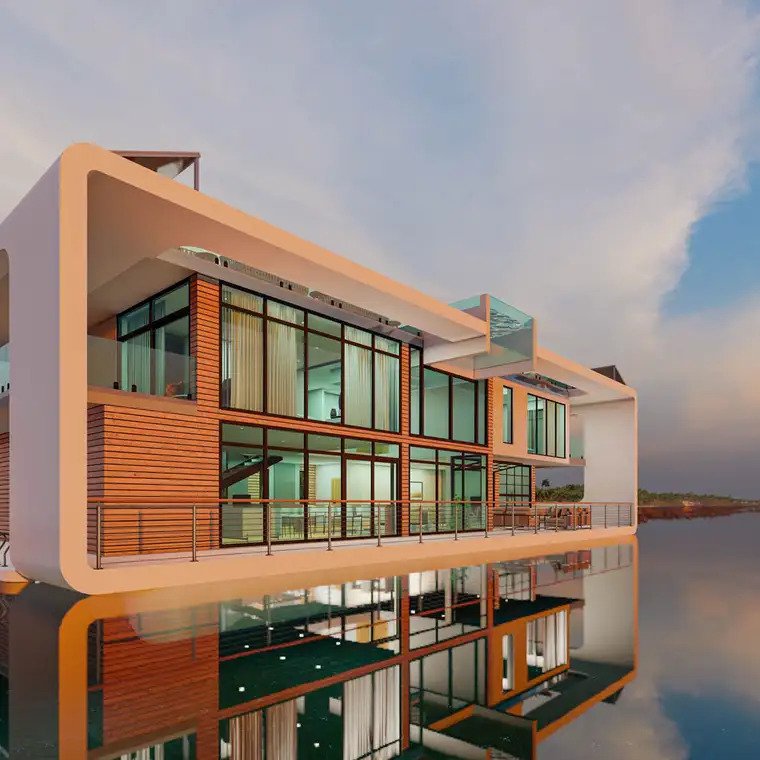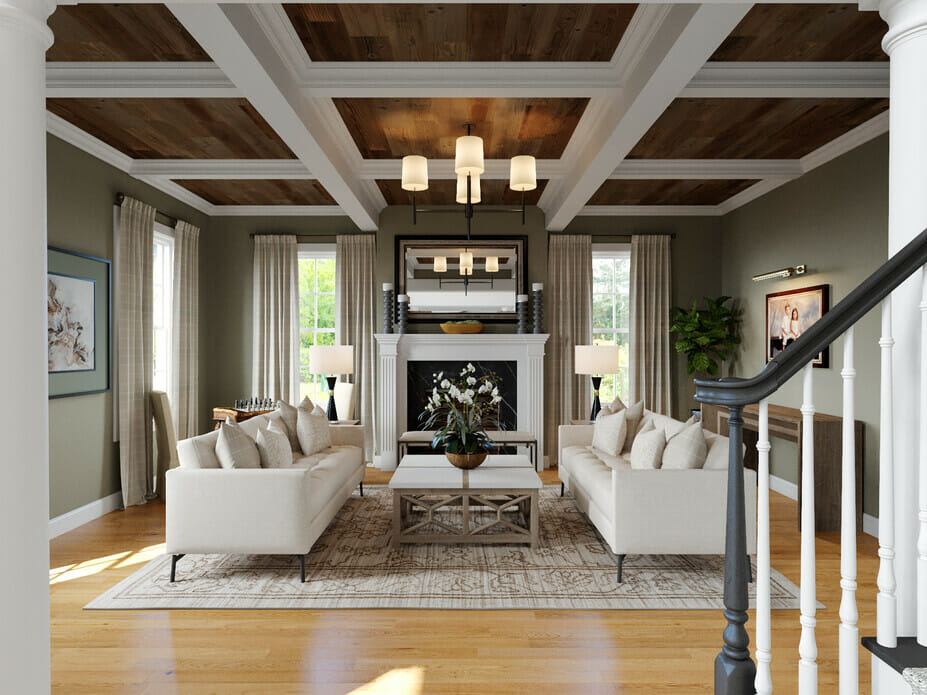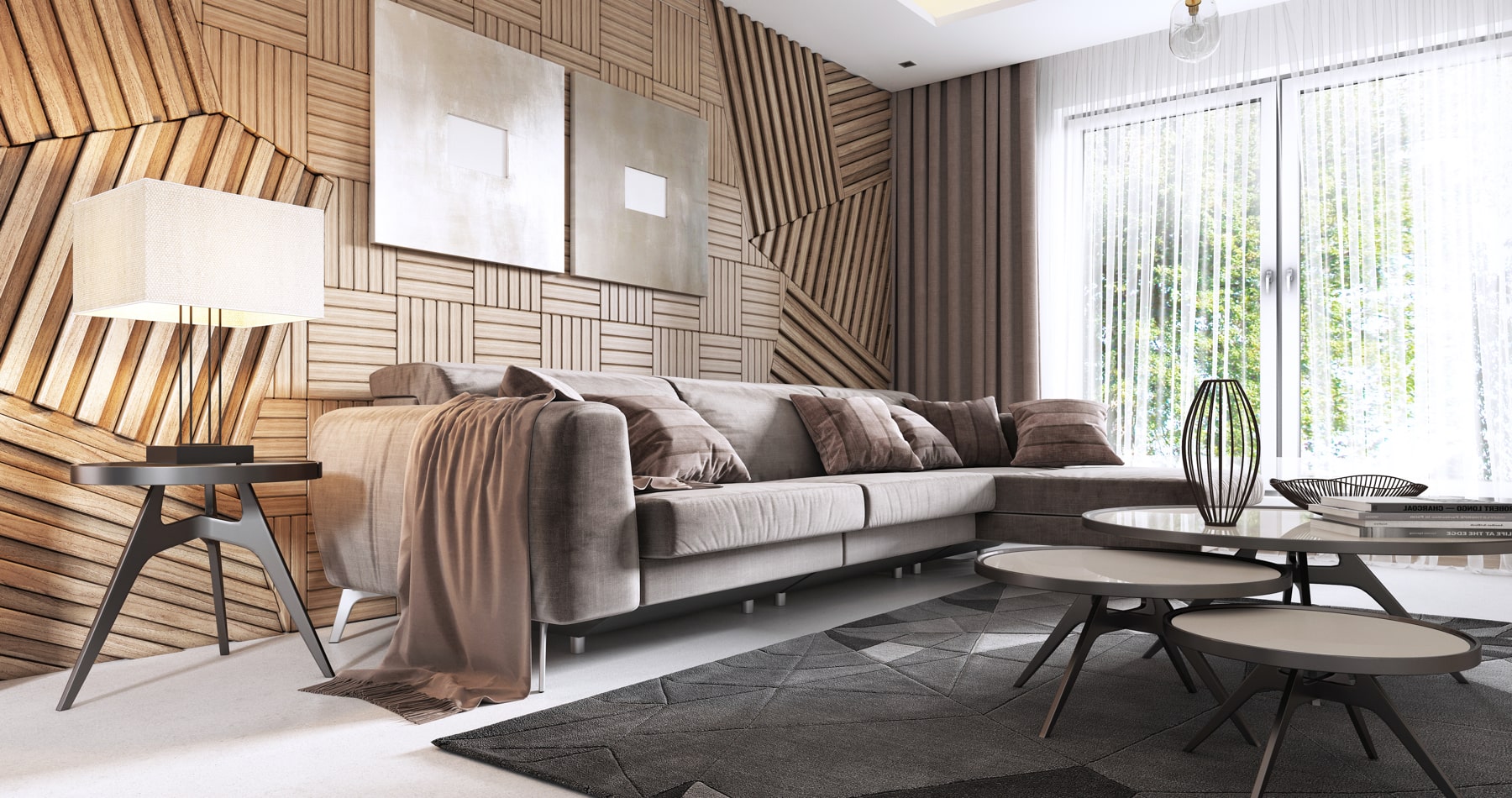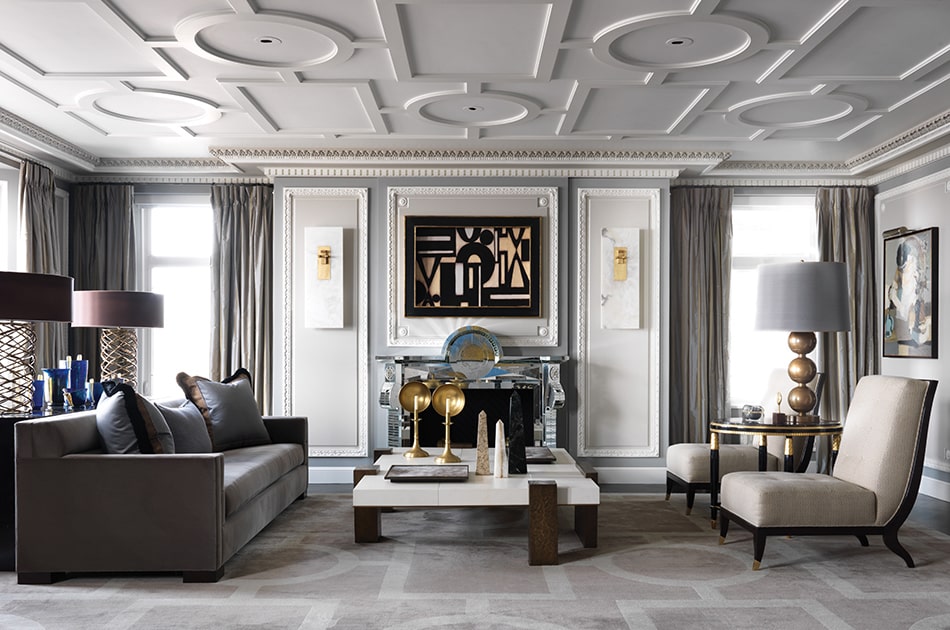
Abu Dhabi is a city that celebrates tradition and culture in all aspects of life, from food to fashion, and of course, architecture and design. The city's traditional design elements have been celebrated for centuries, and today, they continue to inspire and influence contemporary design trends.
For those looking to create a space that seamlessly blends traditional Abu Dhabi design with modern aesthetics, it's essential to understand the key design elements that define the city's traditional architecture. These elements include intricate geometric patterns, ornate carvings, and the use of natural materials such as stone and wood.
One way to incorporate these traditional elements into a contemporary space is to start with a neutral base. This could mean using a neutral color palette for walls and floors, such as beige or light gray, which allows traditional and contemporary elements to stand out without competing with each other.
Incorporating traditional design elements, such as a carved wooden coffee table or a traditional chandelier, can add warmth and sophistication to a space. However, it's important to select pieces that are timeless and not overly ornate, as too many traditional elements can make a space feel cluttered and outdated.

In contrast, contemporary design elements, such as a sleek modern sectional sofa or minimalist lighting fixtures, can add a touch of sophistication and create a focal point in the room. However, it's important not to overdo it, as too many contemporary elements can make a space feel cold and impersonal.
The function of the space should also be considered when creating a sense of place. The design should be tailored to the needs of the people who will be using the space, and reflect their lifestyle and personality.


Color and texture can help to create a sense of place by reflecting the environment and the local culture. For example, using warm earthy tones can create a sense of connection to nature, while using bold bright colors can reflect the vibrancy of a city.
One way to balance traditional and contemporary elements is to mix different textures and patterns. For example, pairing a traditional patterned rug with a contemporary leather sofa can create a visually appealing contrast. Mixing and matching different materials, such as wood and metal, can also add a unique touch to the space.
Incorporating artwork and decorative accessories can also help to tie traditional and contemporary elements together. A contemporary painting can be paired with a traditional vase or sculpture to create a cohesive look.